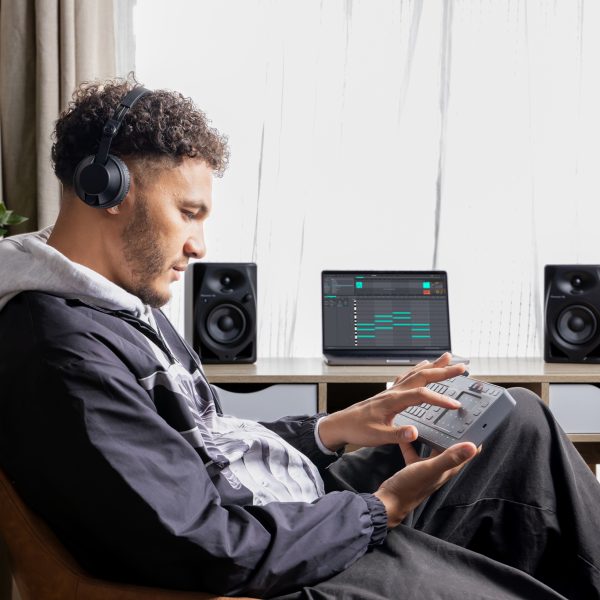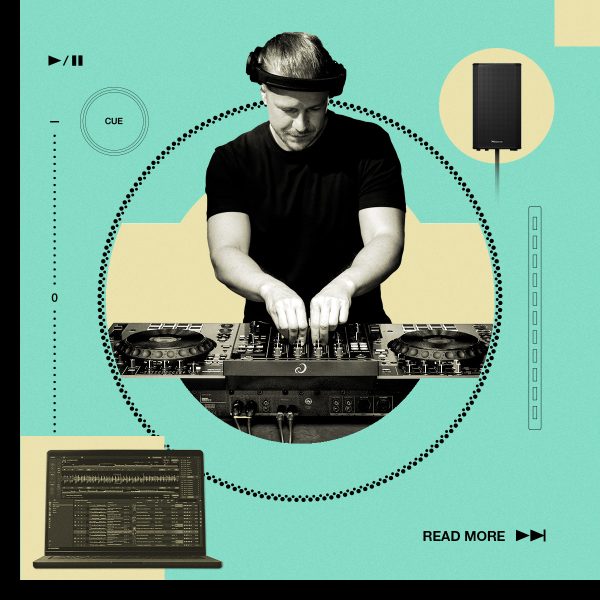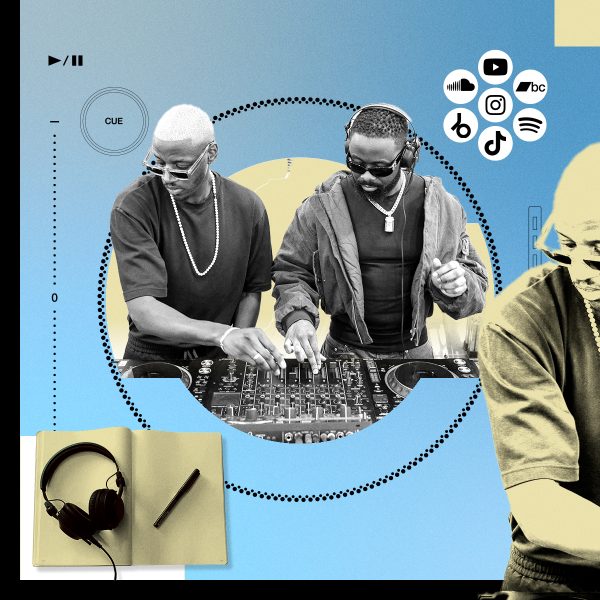How to set your goals properly
Goal-setting, and productivity in general, is a sprawling topic. There are countless methods, apps, and people all promising that their specific approach is crucial to success. While this can be inspiring, it can quickly become too much. The last thing you want is to spend more time planning than playing music.
Our advice: don’t get lost down the rabbit hole. Keep it simple. Pick one or two methods that resonate with you, give them your best shot, and adapt from there. And while it might sound obvious, make sure to write down your goals. Put them somewhere visible. Revisit them at least once a week. Evidence shows that people who write down goals are significantly more likely to achieve them.
Here are some proven goal-setting methods to consider.
SMART Goals
SMART goals are a widely-used process, especially in the world of work. SMART stands for Specific, Measurable, Achievable, Relevant and Time-Bound. For example, instead of setting a vague goal like “I want to DJ more,” a SMART goal might be:
“I will record and publish one new DJ mix every month for the next six months, and promote it across my social media.”
This provides a clear, structured plan that’s easy to track, helping you maintain steady momentum.
Incremental goals
If the route towards your bigger ambitions seems complex, incremental goal-setting helps by breaking them down into smaller, more manageable tasks. Instead of aiming immediately for a headline set at a major festival, you’d first aim for smaller steps—building a regular local following, securing monthly bookings, gradually moving to larger venues, and eventually positioning yourself for those headline spots.
Incremental goals let you regularly celebrate small wins, keeping your motivation up and preventing overwhelm.
OKRs (Objectives & Key Results)
Originally popularized by major companies, OKRs provide a structured yet flexible approach. You first set ambitious but clear objectives, and then define measurable key results that mark your progress toward each objective.
For instance:
- Objective:
Establish myself as a recognised local DJ.
- Key Results:
- Play at least 10 local gigs in the next 6 months.
- Reach 500 followers on Instagram within 6 months.
- Connect with two local DJs or event promoters in the same period.
OKRs help you see exactly how you’re progressing toward your objectives, making your growth transparent and trackable.
Process vs. outcome goals
Understanding the difference between these types of goals is important. Outcome goals focus on results you ultimately want but can’t fully control, such as landing a club residency, hitting follower milestones, or performing at major events.
Process goals focus on actions you can directly control, such as practicing three times a week, regularly posting on social media, or consistently networking. Both are valuable, but process goals keep you rooted in the daily actions needed to achieve long-term success, even when outcomes feel distant or uncertain.
Vision boards and visualization techniques
For visually inclined DJs, vision boards and visualization techniques could be inspiring. A vision board might feature images of festivals you’d love to play, favourite venues, admired DJs, or inspirational studio setups. Regularly seeing these visual cues reinforces your ambition and emotional connection to your goals, helping maintain enthusiasm even when progress feels slow.
There are many examples of people using visualization in sport and popular culture. Before landing his first major role, the actor Jim Carrey famously wrote himself a check for $10 million and imagined the feeling of cashing it. It worked. In 1995 Carrey was offered $10 million to star in Dumb and Dumber. “The best imagers are also the better athletes,” professor Jennifer Cumming told The Athletic last year. “They tend to incorporate lots of really useful information in their image. They’ll make it rich and vivid and detailed and as real lifelike as possible, as if they’re experiencing the real thing.”
Accountability-based goals
Sharing your goals with someone else—another DJ, friend, or mentor—can increase your chances of achieving them. Regular check-ins and discussions keep you honest and focused. Part of the idea here is that you mentally wind the clock forwards and imagine telling your accountability buddy that you missed your discussed target. The fact that this probably wouldn’t feel great should give you the catalyst to do something about it in the present moment.
Backward goal-setting
Backward goal-setting begins by clearly defining your ultimate ambition, then working backwards to identify each key step required to reach it. If your long-term ambition is to DJ internationally, first consider what would immediately precede that (perhaps national recognition), then work further backward through regional and local steps.
This approach clarifies exactly what you must accomplish at each stage, making your large goals feel more attainable. If you get the chance, ask a DJ whose career arc you aspire to how they got there. Although their story won’t be directly applicable to your situation you’ll at least get a sense of what it can take to “make it.”
Habit-based goals
Finally, habit-based goal-setting focuses on forming consistent behaviours or routines rather than specific outcomes. This approach recognises that lasting success often comes from daily or weekly habits rather than sporadic bursts of activity. Good habit-based goals for DJs might include dedicating time each day for music discovery, practicing consistently each week, regularly interacting with followers, or networking consistently. Over time, these habits should compound and naturally build towards your overall goals.





